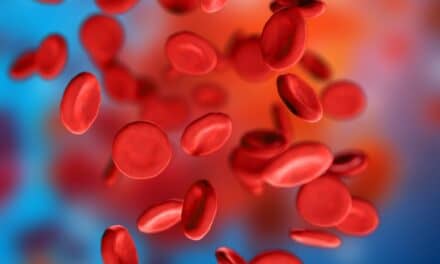TUCSON, Ariz. – The University of Arizona Health Sciences is developing a lung ultrasound education program for rural emergency medicine providers to better diagnose COVID-19.
Lung ultrasound can be particularly useful in rural emergency departments (EDs), as many lack CT scan capabilities or have limited access to COVID-19 testing. With the disparate impact of COVID-19 on rural populations in Arizona, it is important to expand use of the imaging tool across the state.
Elaine Situ-LaCasse, MD, an assistant professor in the Department of Emergency Medicine at the UArizona College of Medicine – Tucson and a scholar of the National Foundation of Emergency Medicine (NFoEM), is leading the effort to develop the ultrasound education program for rural emergency medicine providers.

“The ability to perform lung ultrasound could help rural physicians with screening, management and follow-up,” Dr. Situ-LaCasse said. “This tele-ultrasound education program would allow rural EM providers to connect with POCUS experts for education, image review, consultation and quality assurance.”
One of the rural sites participating in the program is Copper Queen Community Hospital in Bisbee, Arizona.
“As a critical care hospital, we often lack staff and resources but, despite these barriers, we strive to provide quality care to rural communities,” said Julia M. Brown, MD, the hospital’s Emergency Department medical director. “Our providers are excited to partner with Dr. Situ-Lacasse using state-of-the-art ultrasound to help diagnose and treat our patients.”
Lung ultrasound (LUS) plays a critical role in the COVID-19 pandemic. Evidence is mounting regarding its effectiveness to diagnose and assess the severity of coronavirus infections in hospital EDs. Sonographic features correlate well to computed tomography (CT) chest findings and a bedside LUS scan performed by a trained clinician, along with clinical examination, could be an alternative to chest X-ray and CT chest scans in these patients.
The project, “CLUE Study: A Tele-ultrasound Pilot Study in Rural Emergency Departments,” is funded by a NFoEM research grant. Upon completion of the CLUE (COVID-19 Lung Ultrasound Education) pilot study, Dr. Situ-LaCasse plans to expand the effort to a multi-center study that would include more rural EDs in other geographic regions of the United States. She also plans to expand this tele-ultrasound education platform to community EDs and other point-of-care ultrasound (POCUS) applications, such as cardiac ultrasound.
Lead image: Julia Brown, MD, emergency department medical director for Copper Queen Community Hospital facilities in Bisbee and Douglas, Arizona, uses a bedside ultrasound to examine the lungs of a standardized patient during a training session while UArizona’s Elaine Situ-LaCasse, MD, stands by for telehealth consultation. (Photo: University of Arizona Health Sciences, Kris Hanning)










